In an era of high-speed travel and instant digital gratification, certain European towns stand as deliberate counterpoints to our accelerated world. These places embrace a different relationship with time—one measured in centuries rather than seconds, in seasons rather than scheduled appointments. Yet these slow towns deliver experiences that paradoxically feel more intense and memorable precisely because they unfold at an unhurried pace, allowing visitors to notice details, absorb atmospheres, and connect with local rhythms in ways impossible during rushed itineraries.
Here is a list of 15 of Europe’s slowest towns that reward those willing to adjust their internal clocks and discover extraordinary experiences hidden beneath seemingly ordinary surfaces.
Marvão, Portugal
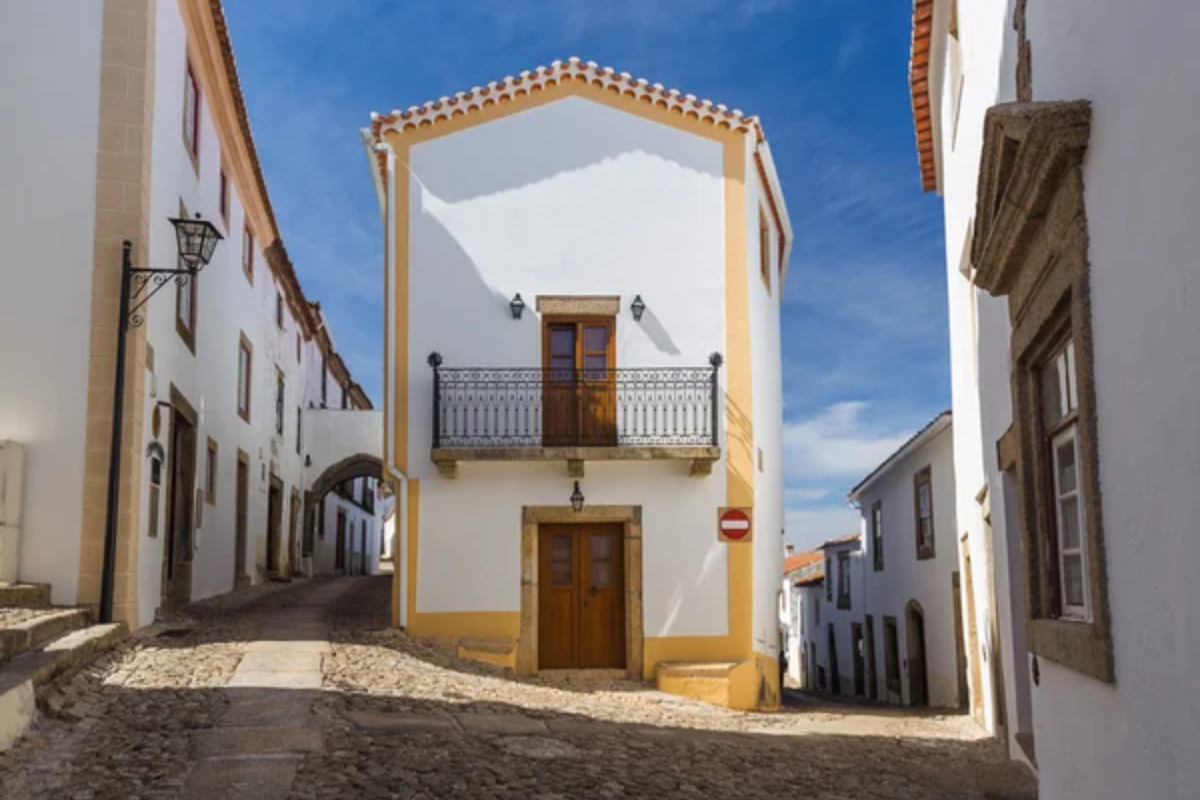
Perched atop a granite mountain in Portugal’s Alentejo region, Marvão exists in splendid isolation behind medieval walls that have changed little over the centuries. The whitewashed village contains barely 1,000 residents, with narrow streets too steep and narrow for most vehicles, naturally enforcing a pedestrian pace.
Days pass according to ancient agricultural rhythms rather than business hours, while evenings typically end after the single village restaurant closes. The compensations for this unhurried lifestyle include panoramic views stretching into Spain, pristine dark skies perfect for stargazing, and such tranquility that visitors can hear shepherds’ calls echoing across valleys from miles away.
Giornico, Switzerland
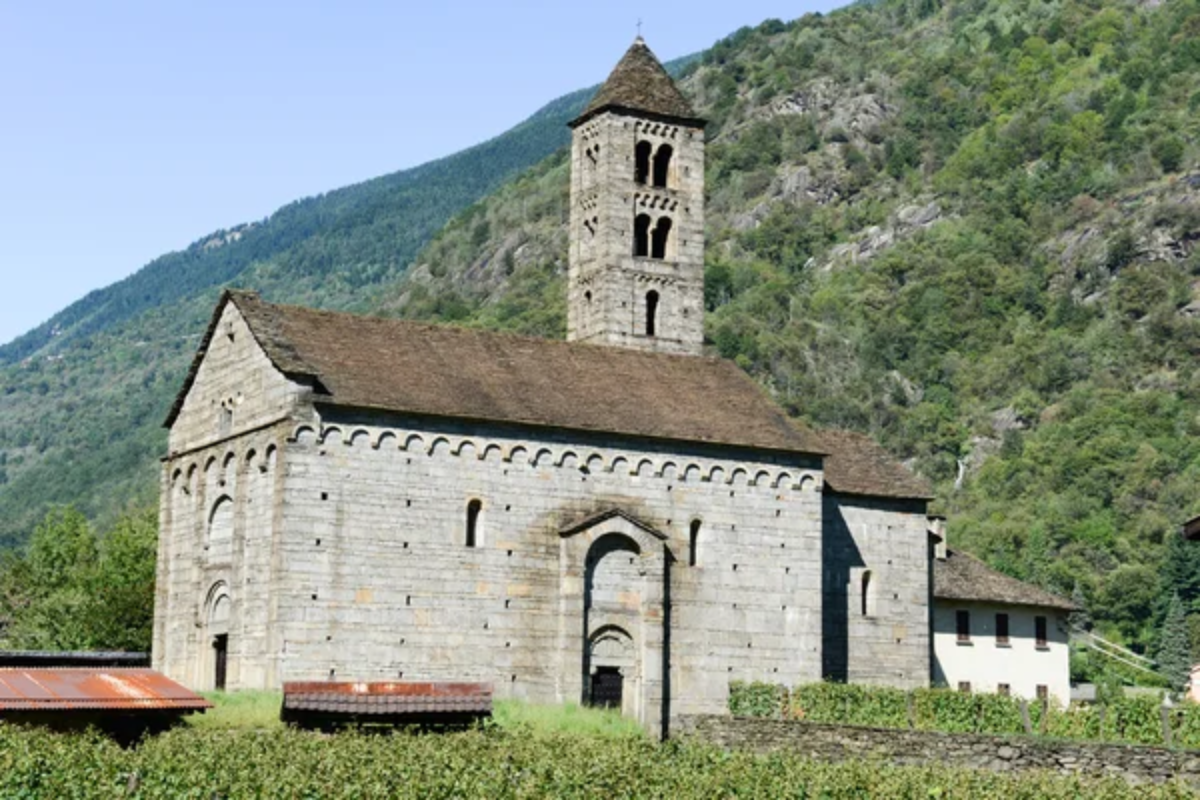
This tiny Ticino village nestled in the Leventina Valley moves at a pace established by the Ticino River rather than modern schedules. Stone bridges dating to the 14th century connect neighborhoods of granite houses with distinctive architectural details that reward slow observation.
The local economy still centers around traditional polenta preparation and the cultivation of mountain herbs, with restaurants serving meals that unfold over hours rather than minutes. The absence of major attractions means few tourists visit, yet those who linger discover remarkable Romanesque churches, ancient vineyard terraces climbing impossibly steep slopes, and residents who still maintain craft traditions virtually unchanged for generations.
Like Travel Pug’s content? Follow us on MSN.
Lukomir, Bosnia and Herzegovina
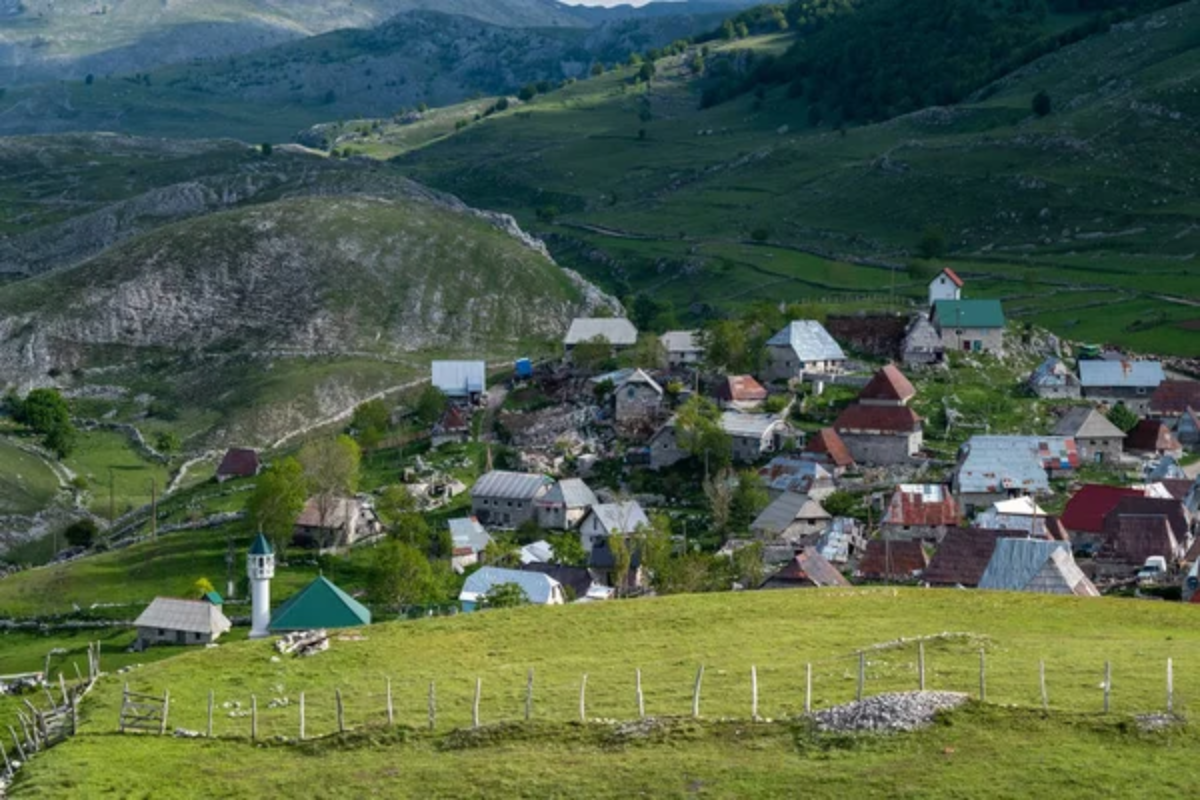
Sitting at nearly 5,000 feet on the Bjelašnica mountain, Lukomir claims the title of Bosnia’s highest permanent settlement—and perhaps its most timeless. The village remains snowbound and inaccessible by road for six months each year, preserving a way of life largely untouched by modernity.
The handful of stone houses with distinctive steep roofs (designed to shed heavy snow) house residents who still practice transhumance shepherding and traditional textile production. The absence of shops, restaurants, or accommodations means visitors typically arrive by foot along ancient herding paths, experiencing the landscape at the same pace as residents have for centuries while discovering panoramic views across the Rakitnica Canyon that rival any in Europe.
Civita di Bagnoregio, Italy
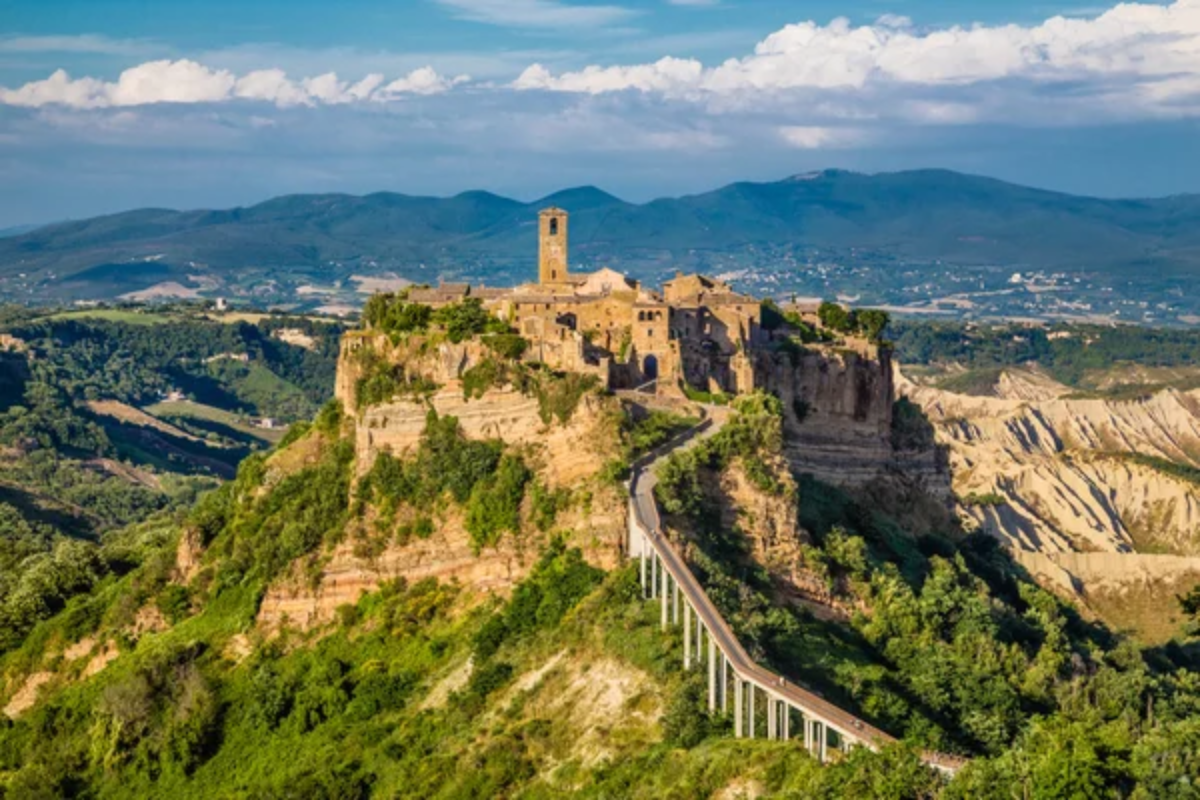
Connected to the modern world only by a long pedestrian bridge, this crumbling hilltop settlement demonstrates how geological slowness can create extraordinary beauty. Nicknamed “The Dying Town,” Civita has been slowly eroding for centuries as the soft volcanic tufa beneath it gradually collapses, creating a dramatic landscape that changes perceptibly year by year.
The handful of permanent residents live without most modern conveniences in medieval stone houses lining narrow streets that occasionally end abruptly at cliff edges created by landslides. The precariousness of the town’s existence creates a unique atmosphere where visitors naturally slow down, aware they’re witnessing a place that exists in dialogue with geological time rather than human schedules.
Portmeirion, Wales

This intentionally created village represents a different kind of slowness—the patient manifestation of one man’s architectural vision over decades. Architect Clough Williams-Ellis spent nearly fifty years building this Italianate fantasy village on the Welsh coast, incorporating architectural salvage from demolished historic buildings throughout Europe.
The village operates now as a hotel and tourist attraction but maintains strict visitor limitations and car-free streets that preserve its otherworldly tranquility. The surrounding estuary experiences some of Britain’s most dramatic tidal changes, creating twice-daily transformations of the landscape that encourage visitors to adjust to natural rhythms rather than clock time.
Like Travel Pug’s content? Follow us on MSN.
Giethoorn, Netherlands
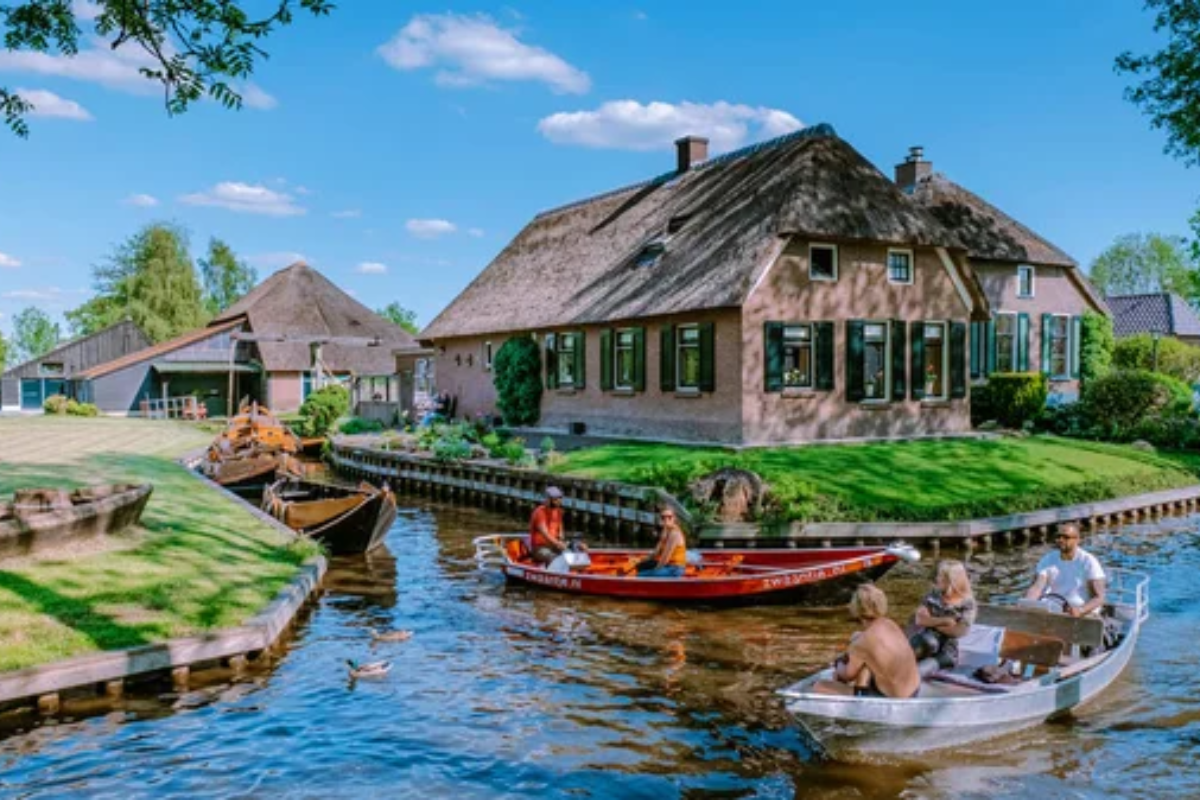
Often called the “Venice of the North,” this Dutch village eliminates vehicular traffic in its historic center, where canals replace streets, and traditional punts or electric boats provide the main transportation. Footbridges connect small islands containing thatched cottages dating from the 18th century, creating a landscape that has changed little in 200 years.
The absence of ambient noise creates an almost meditative atmosphere, particularly in the early morning or evening when day-trippers depart. The surrounding national park De Weerribben-Wieden contains peat bogs harvested for centuries using traditional methods, where modern ecological concerns now intersect with ancient economic practices to maintain the distinctive landscape.
Monemvasia, Greece

Concealed on the eastern side of a Gibraltar-like rock jutting into the Aegean Sea, this medieval fortress town remains invisible from the mainland despite its massive size. A single gated entrance leads to a vehicle-free settlement filled with Byzantine churches and Venetian mansions connected by narrow stone pathways polished by centuries of footsteps.
The town’s water supply still comes partially from ancient cisterns that collect rainfall as they have for over a millennium. Evening darkness here remains genuinely dark, with minimal lighting allowing exceptional stargazing. The peninsula’s microclimate creates ideal conditions for unique wine varieties grown nowhere else, continuing a viticultural tradition documented in Byzantine texts from the 7th century.
Lastovo, Croatia
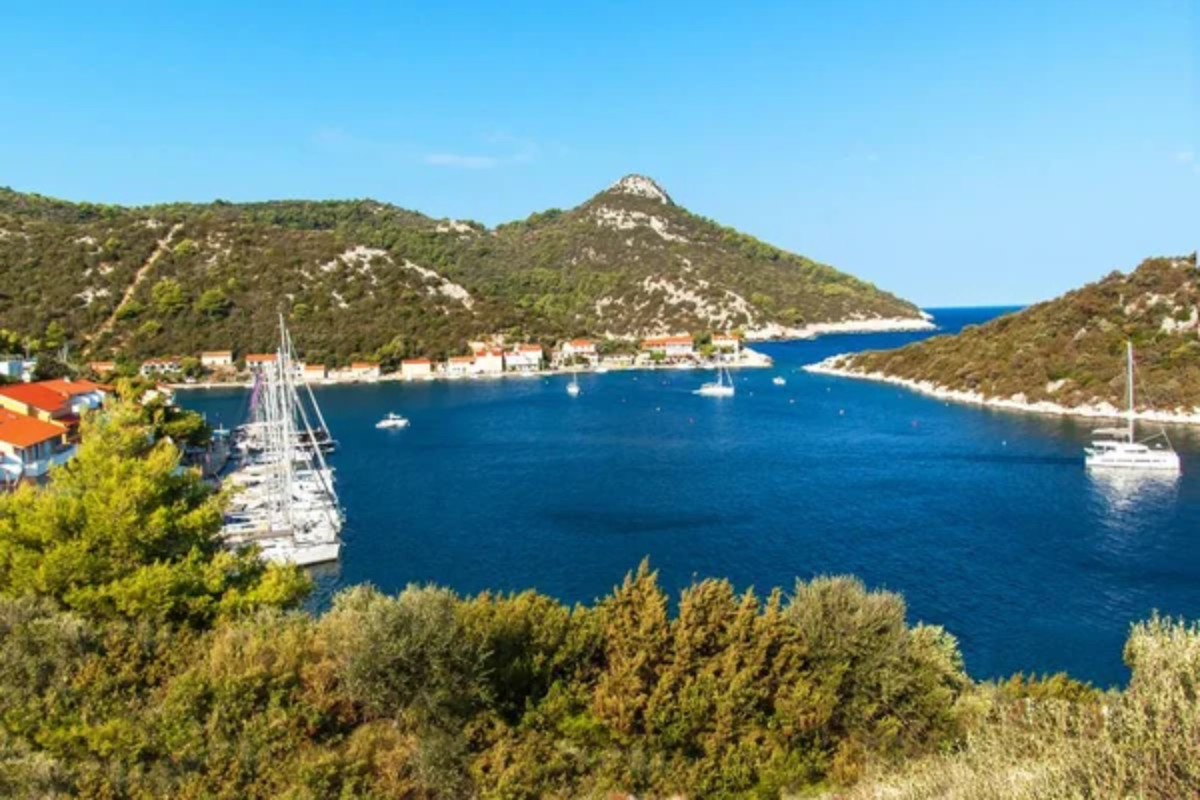
This remote island represents the apotheosis of Adriatic slowness, with limited ferry connections to the mainland and an economy still based primarily on fishing, winemaking, and olive cultivation rather than tourism. The island’s interior contains forests so pristine they’ve been designated a Croatian nature park, while the coastline features hidden coves accessible only by boat or hiking trails.
The island’s distinctive chimneys—tall cylindrical structures with white caps that resemble crowns—mark houses that sometimes contain furnishings unchanged for generations. The annual Carnival celebration features men in elaborate paper costumes performing ritual dances that trace their origins to pagan ceremonies, demonstrating how cultural practices endure here while disappearing elsewhere.
Like Travel Pug’s content? Follow us on MSN.
Folegandros, Greece
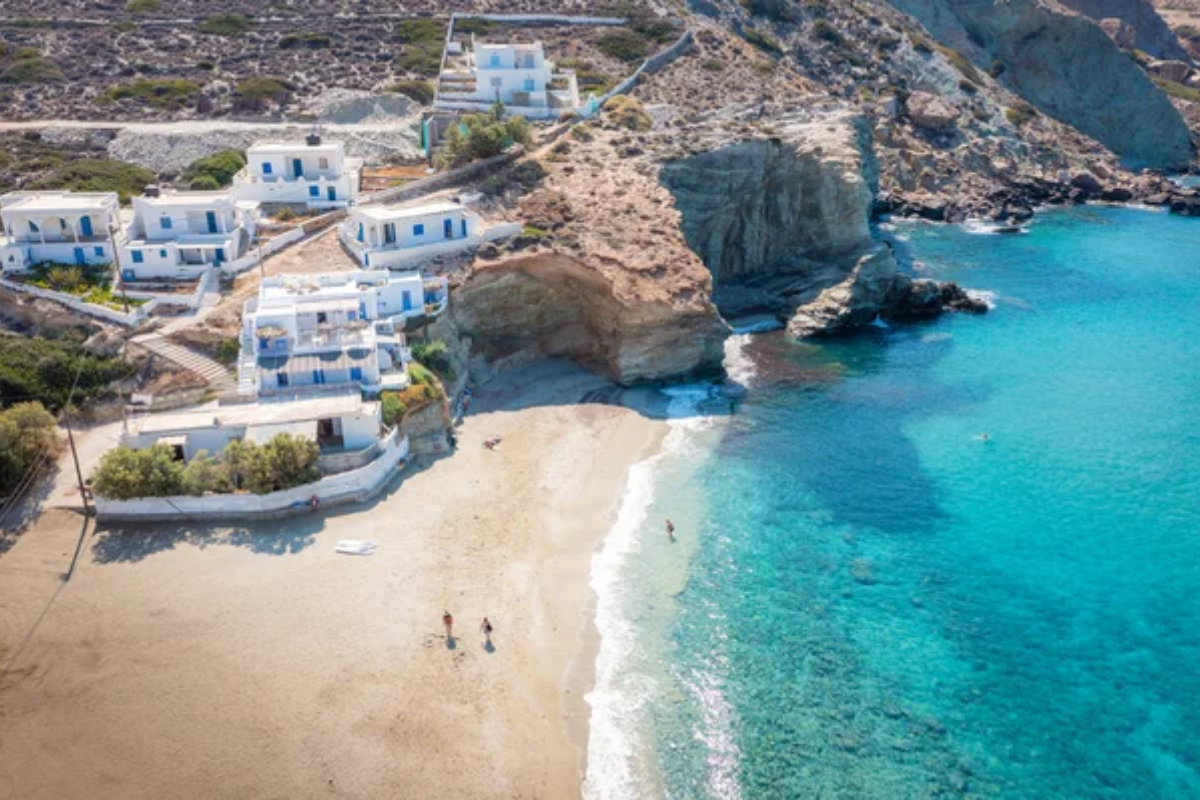
This Cycladic island maintains a pace of life seemingly immune to the tourism that has transformed its more famous neighbors. The main village, Chora, sits dramatically atop sea cliffs with buildings arranged in the traditional Cycladic style of cubic white structures with blue accents—yet without the souvenir shops and crowds found elsewhere.
The island operates with minimal infrastructure—limited accommodation, sporadic bus service, and paths rather than roads leading to many beaches. Local tavernas serve food determined by the morning’s fishing catch rather than printed menus, while the few shops maintain opening hours that shift with the owner’s needs rather than posted schedules.
Conversations with locals often reveal that many residents have never left the island, creating a community with an entirely different relationship to place and mobility.
Procida, Italy
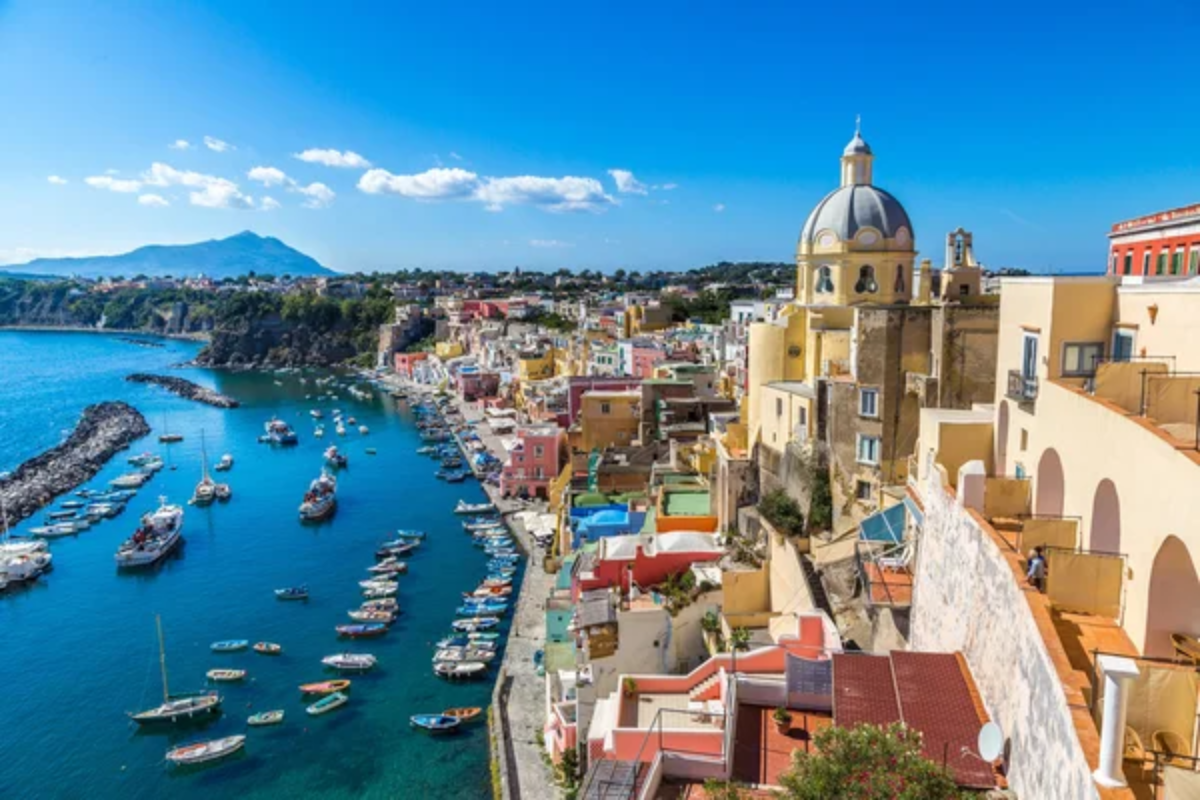
While nearby Capri draws international crowds, this tiny island in the Bay of Naples preserves a traditional fishing village atmosphere that has been largely unchanged for centuries. The main harbor still functions primarily as a working port rather than a tourist attraction, with fishermen mending nets and selling their catch directly from boats.
The island’s distinctive feature—pastel-colored houses packed tightly together along narrow alleys—evolved from a practical need for fishermen to identify their homes from the sea during storms. Life here follows maritime rhythms, with early morning activity around fishing boats followed by the afternoon riposo when the island seemingly pauses, then revives for evening promenades along the marina.
The absence of major hotels or resorts has preserved local traditions like the Easter procession that dates to the 17th century.
Monsaraz, Portugal
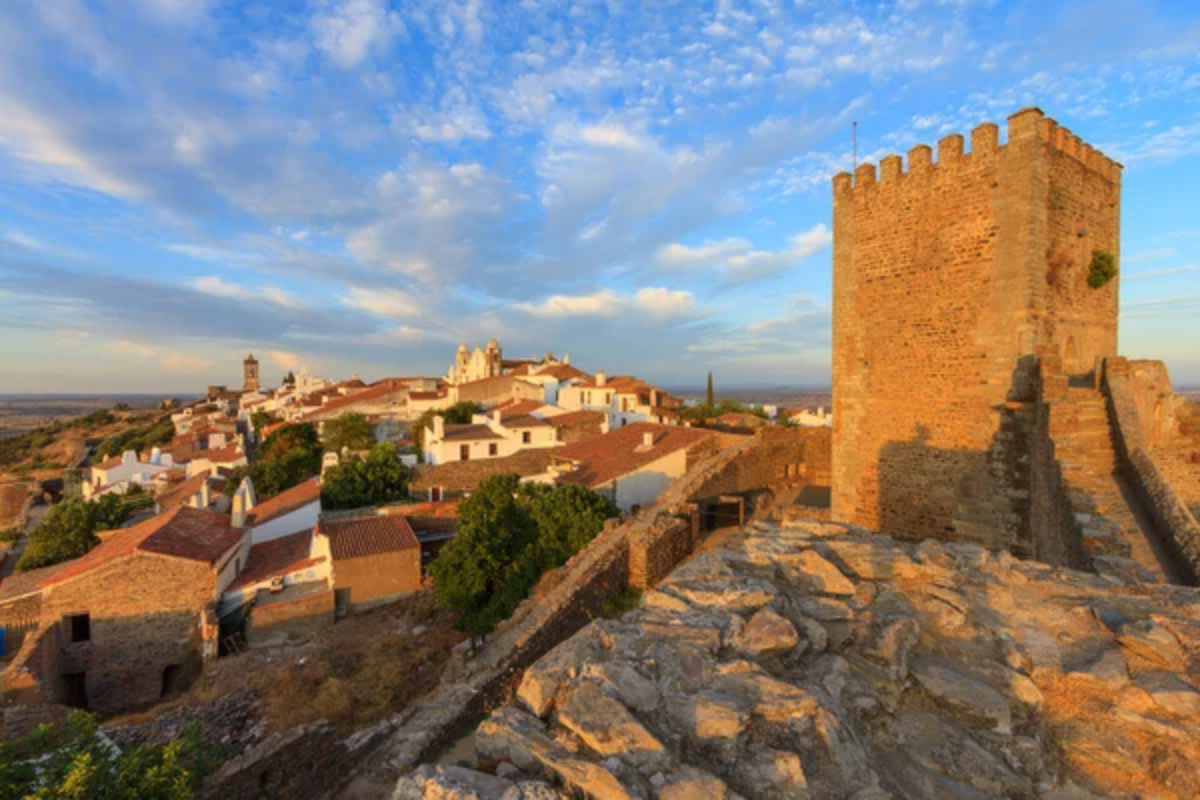
This fortified hilltop village near the Spanish border comprises whitewashed houses with ochre trim lining cobblestone streets so narrow that passing neighbors must turn sideways. The medieval layout remains intact, with the castle walls providing a natural boundary that has prevented expansion for centuries.
Traditional crafts like black pottery and tapestry weaving continue in workshops where techniques pass from generation to generation. The recent creation of the Alqueva Dam formed Europe’s largest artificial lake nearby, transforming the surrounding landscape while paradoxically reinforcing the town’s slow character—the region now offers some of Europe’s darkest night skies, earning certification as the world’s first “Starlight Tourism Destination” and creating a new form of slow tourism based on astronomical observation.
Like Travel Pug’s content? Follow us on MSN.
Tallinn Old Town, Estonia
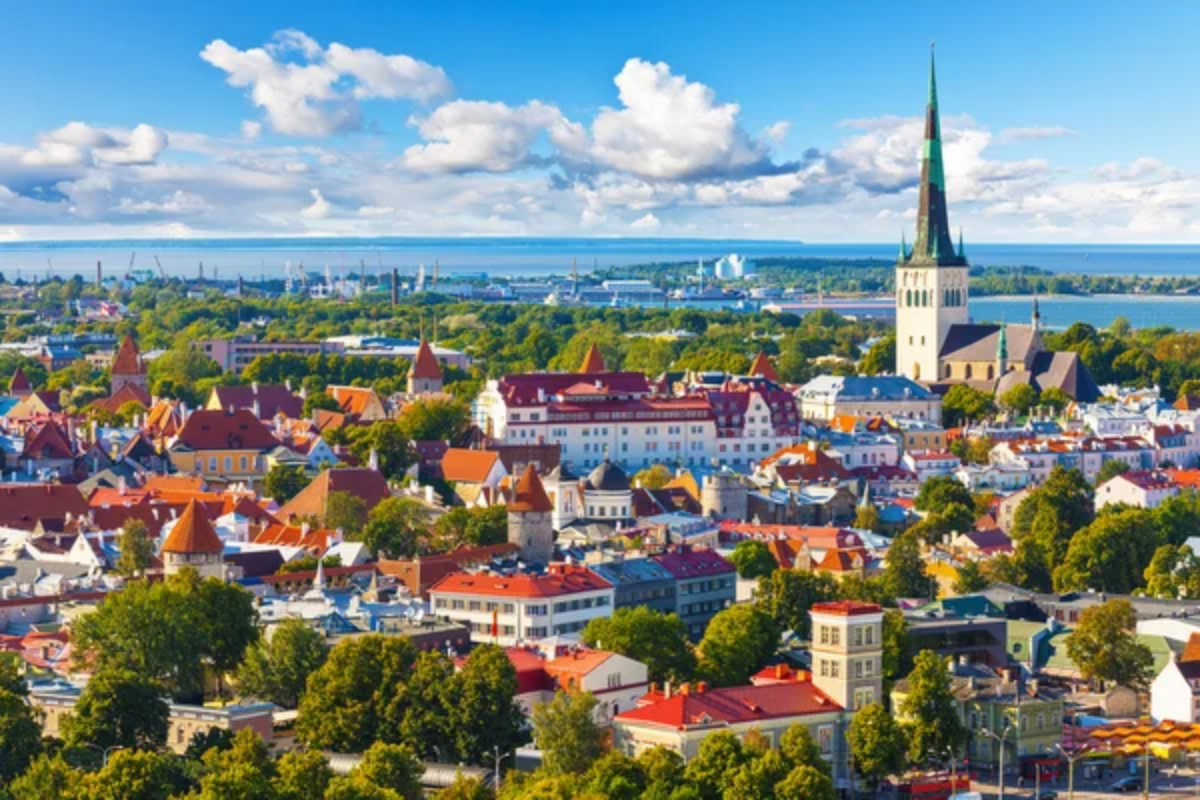
While Estonia leads Europe in digital innovation, its medieval capital preserves one of the continent’s most intact historic centers where modern life adapts to ancient structures rather than vice versa. The UNESCO-protected old town maintains its original street pattern from the 13th century, with buildings dating primarily from the 15th to 17th centuries still serving as residences and businesses.
The thick city walls and towers remain largely intact, creating a natural boundary that limits vehicle access and modern construction. Winter transforms the old town particularly dramatically, with snow softening the medieval silhouettes and darkness arriving by mid-afternoon, creating conditions not unlike those experienced by medieval residents.
Traditional practices like mead brewing, woodworking, and wool processing continue in workshops scattered throughout the district.
Koguva, Estonia
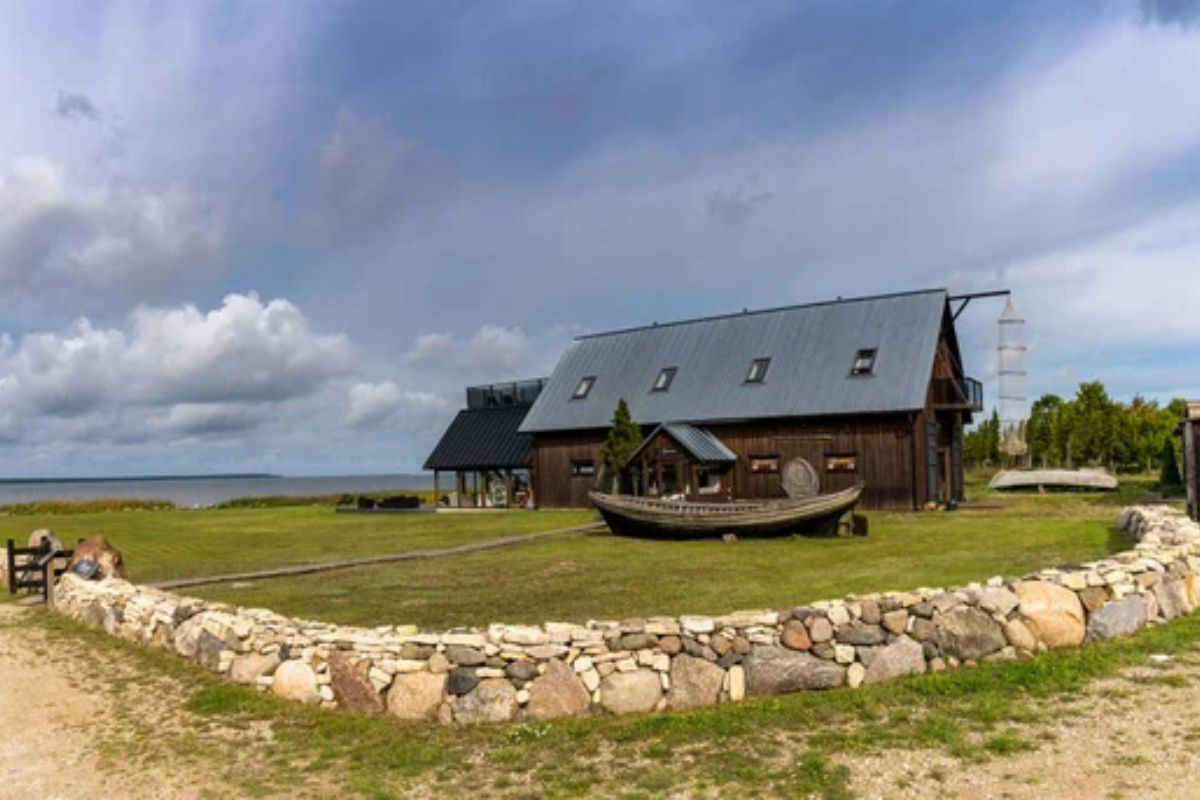
Located on Muhu Island, this former fishing village represents one of the most completely preserved 19th-century rural settlements in Europe. The village remains laid out according to the traditional Estonian kinship pattern, with houses belonging to related families clustered together along unpaved lanes.
Many structures retain their original thatched roofs and log construction, while stone fences—assembled without mortar through careful balancing—divide properties according to boundaries established centuries ago. Traditional handicrafts like woolen mittens with distinctive geometric patterns continue as both practical necessities and cultural expressions.
The surrounding juniper heaths and coastal meadows create a landscape that changes subtly with each season, rewarding visitors who return throughout the year to witness transformations invisible to those passing quickly through.
Monsanto, Portugal
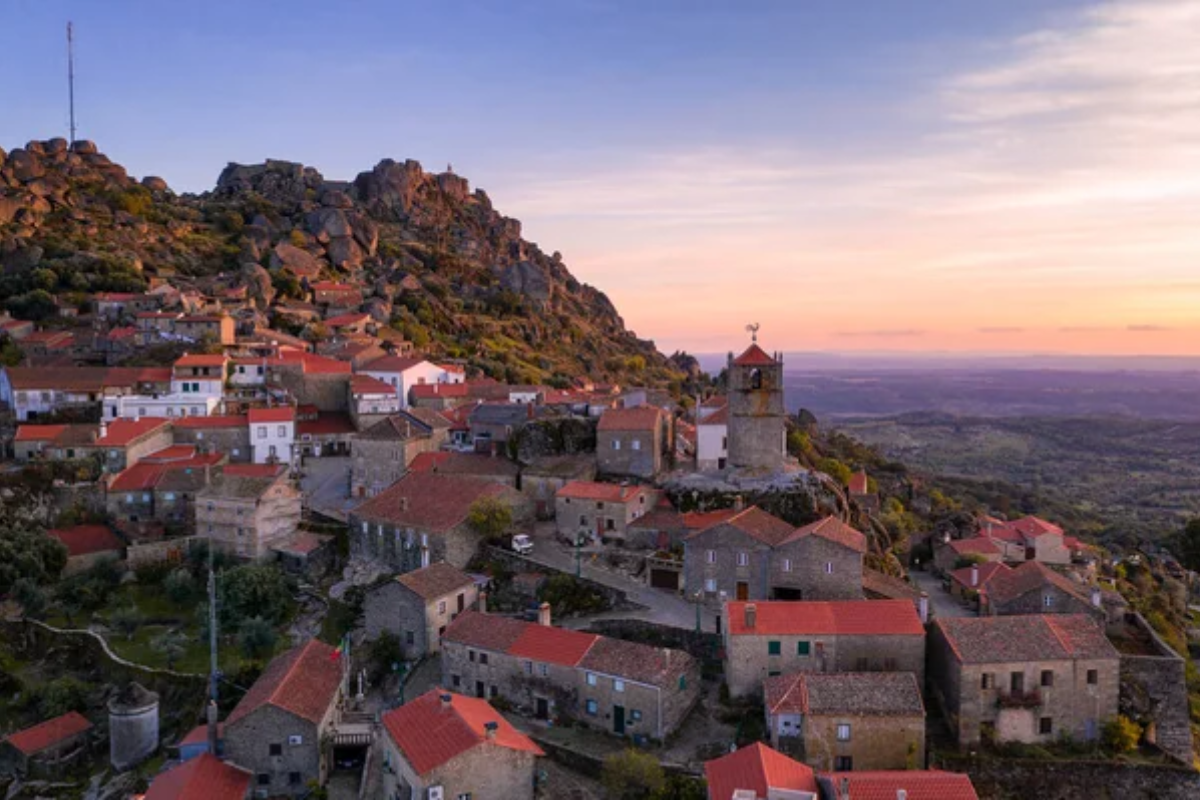
Often called “the most Portuguese village in Portugal,” this settlement built among massive granite boulders demonstrates how human habitation can adapt to natural features rather than reshaping them. Houses incorporate existing rock formations as walls, floors, and even roofs, creating organic architectural forms that blur the boundary between natural and built environments.
The village streets necessarily follow paths of least resistance between boulders, creating a labyrinthine layout that is impossible to navigate quickly. Traditional festivals feature women carrying pottery balanced on their heads while climbing steep pathways between houses, demonstrating how daily life here requires physical skills developed through generations.
The surrounding landscape contains ancient megalithic structures, creating a sense of continuous human presence spanning thousands of years.
Like Travel Pug’s content? Follow us on MSN.
Ushguli, Georgia
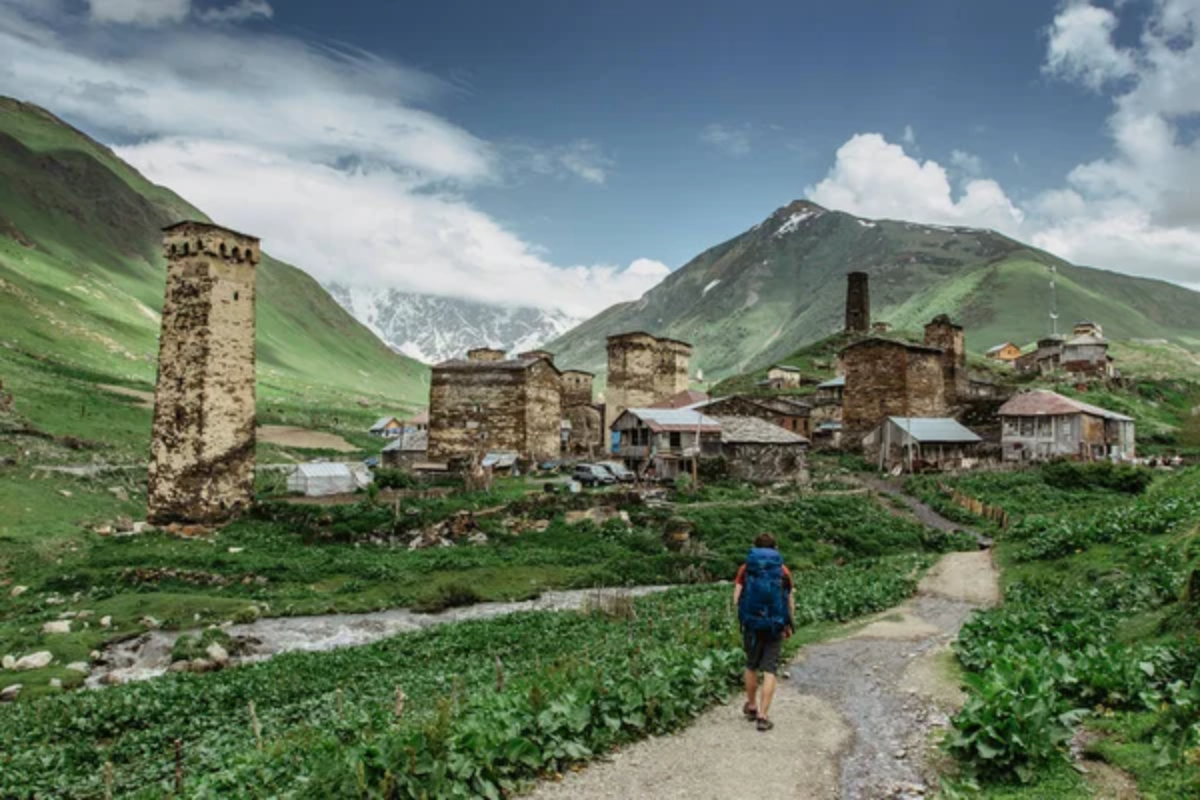
Claiming the title of Europe’s highest permanently inhabited settlement at 7,218 feet, this collection of stone defensive towers in the Caucasus Mountains maintains a way of life shaped by isolation and harsh alpine conditions. The community remains snowbound for approximately six months each year, preserving cultural practices and a dialect so distinct UNESCO recognizes them as intangible cultural heritage.
The massive stone towers dating from the 8th to the 12th centuries still dominate the village skyline, while houses constructed of slate and stone blend almost seamlessly with the surrounding mountainsides. The absence of reliable electricity and limited mobile phone reception creates an environment where seasonal and daily rhythms—rather than digital notifications—structure time.
The village’s location along ancient trade routes between the Black and Caspian Seas means cultural influences from multiple civilizations blend in local crafts, cuisine, and architecture.
Temporal Treasures
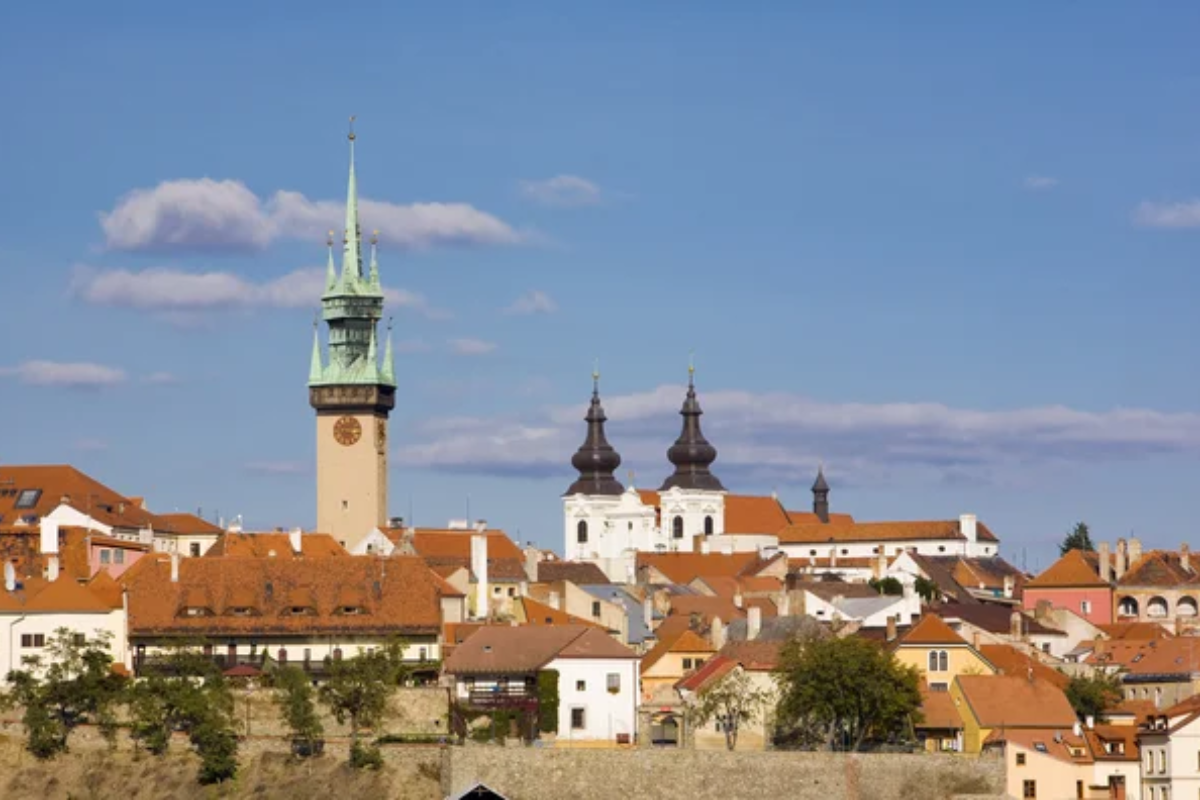
These slow towns offer more than mere nostalgia or preservation—they demonstrate alternative relationships with time that remain viable even in our accelerated era. The value of these places lies precisely in their resistance to efficiency and optimization, creating environments where human experience unfolds at a pace compatible with genuine appreciation and connection.
The seemingly ordinary aspects of these towns—morning light on ancient stones, conversations with locals who measure time in harvests rather than quarters, meals prepared according to availability rather than convenience—often provide the most extraordinary memories. For travelers willing to adjust their expectations and internal clocks, these slow towns offer not just glimpses of Europe’s past, but windows into more sustainable, connected ways of experiencing places that might yet inform its future.
More from Travel Pug

- 20 Towns Built for One Purpose That Were Later Abandoned
- 15 Hidden Spots in Disney World’s Magic Kingdom Most Visitors Miss
- 20 Once-Popular Beach Towns That Are Now Ghostly Empty
- 15 Canyons in the U.S. That Are Just as Stunning as the Grand Canyon
- 10 Under-the-Radar Mountain Towns That Are Both Affordable and Beautiful
Like Travel Pug’s content? Follow us on MSN.
